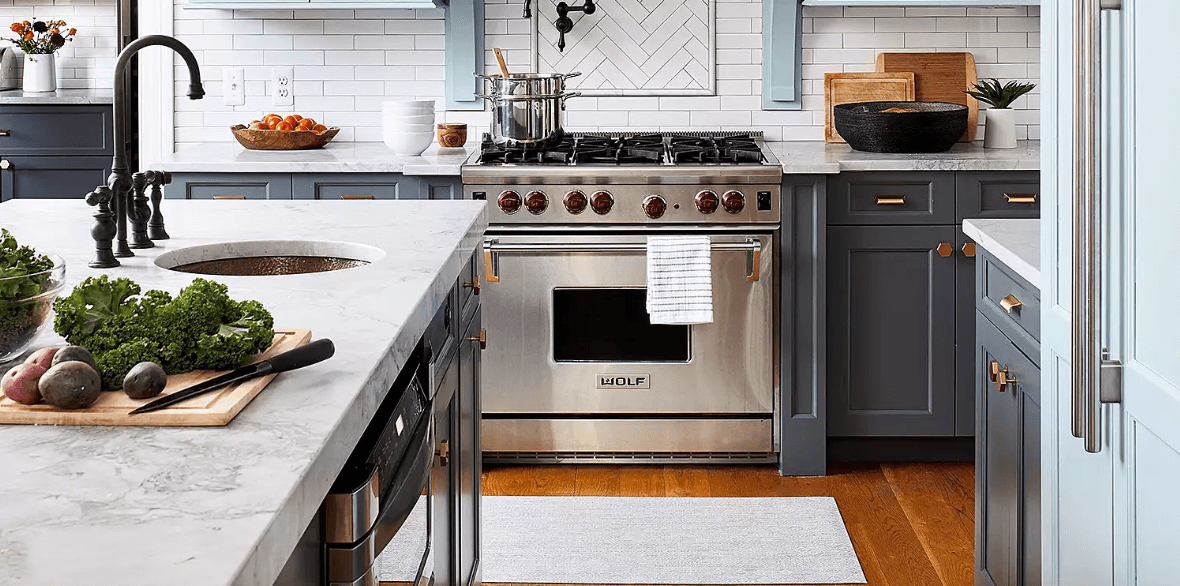Designing your dream kitchen can be an exciting renovation project that includes everything from flooring to backsplashes to appliances. It’s usually a fun but complex process with many moving parts; it’s easy to overlook details that can lead to major problems later on—and may cause you to go over budget. As a result, we consulted with nine experts, including architects, designers, and flooring specialists, to identify the kitchen renovation mistakes you should avoid. Scroll down to see 13 of their deal breakers.
1. Failure to prepare:-
The most common mistake that most homeowners make during a kitchen renovation, according to Architect, Homebuilder, and Home Remodeler in Northbrook, Illinois, is failing to plan properly. A vision and end goal are required for a successful kitchen remodel.
2. Cost underestimation:-
Aside from failing to plan, another major blunder is failing to create an accurate budget. “You will spend more than you think you will, so have a 15 to 20% contingency.” “Take the time and do as much research as possible on flooring, countertops, cabinetry, lighting, accessories, appliances, and so on, because most people rush when making these decisions.”
3. Disregarding the kitchen triangle:-
No matter how stylish your kitchen is, it won’t be functional if your key appliances are too far apart. “ Ideally, you should arrange your stove, sink, and refrigerator in a chef’s triangle so that they are all within a few feet of one another. Installing those three primary work elements close to each other, but not too close, makes the kitchen renovation more efficient and user-friendly, while reducing unnecessary steps.”
4. Incorrectly wired kitchen outlets:-
Another safety blunder to avoid during a kitchen renovation is improperly wiring all of your kitchen outlets to 15 amp breakers. Kitchens should have at least two to three accessible outlets on dedicated 20 amp outlets—ideally, all kitchen counter outlets on dedicated 20 amp outlets. To prevent electrical fires or injuries, these outlets should be connected to an Arc fault and ground fault circuit protector.
